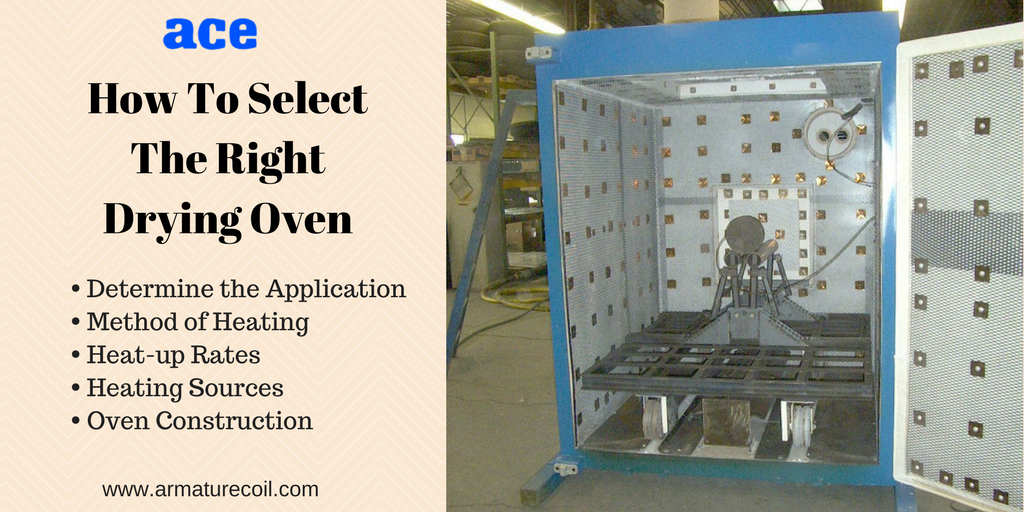Drying ovens are a common equipment in a wide variety of industries and research laboratories. These equipment are used for a variety of tasks sterilization, temperature testing, evaporation, and creating incubation temperature-sensitive environments. These processes, however, require controlled heating and uniform temperature. You can find the industrial drying ovens in a variety of configurations and designs such as the batch ovens, vertical ovens or rotary ovens etc.
So, what type of oven do you choose for your process? This post will help you choose and configure your drying oven, best suited to your needs.
What to Consider Before Buying Drying Oven for your Facility?
There are certain things that you must keep in your mind before you select the right drying oven for your process. Let us look at them in brief.
- Determine the Application: The first step towards configuring the oven is determining its application. The scope of heating applications is vast. The drying oven is typically used for the following:
- Paint Curing
- Polymer Curing
- Adhesive Curing
- Product Drying
Additionally, you must consider the environment, where the oven will be used. If you are using it in a laboratory, you can opt for a small oven, which has an ability to produce test results.
- Method of Heating: As with most industrial heating ovens, the drying ovens are also designed utilize infrared heating or convection-style heating or a combination of both – for drying a product.
- An infrared heater dries the product using a radiating heat, whereas convection heater heats the product using a hot air.
- Convection ovens are designed to maintain homogenous heat distribution, as well as symmetrical air flow in the inner chamber. These ovens are well-suited for complex shaped products, due to their capability of uniform heating.
- Infrared heating ovens are designed to provide heat in specified amounts to a particular point. Basically, these ovens are designed to provide line-of-sight heating, which means they deliver heat to the object surface in direct line of sight.
- Hybrid systems combine both – convection and IR heating. Today, these systems are preferred for a large number of heating processes, due to their higher drying capabilities.
Thus, it is important to analyze, whether the product will require infrared heating, convection style heating, or a combination of both.
- Heat–up Rates: A drying oven should be capable of heating a material or a part to the desired temperature in a specific timeframe. Even though, the oven’s heating capability might be sound, still there are several other factors that must be taken into consideration. They include:
- Size and shape of the material
- Direction and velocity of the convected air that will affect the surface of the material
- Thermal conductivity of the material under consideration
- Heating Sources: Drying ovens utilize various heating sources. They include the following:
- Steam
- Natural Gas
- LPG
- Electric
- Fuel Oil
- Other Fuel Mixtures
It is important to understand the benefits of each of these heating sources, and their effect on your process.
- Oven Construction: A well-constructed oven is always an asset to any facility. It helps minimize the heat loss in the operating environment. Here are some important characteristics to look while selecting your oven:
- Insulation that helps minimize heat loss
- Heavy-duty door system providing a tight sealing
- Industry-standard and applicable controls
- Heavy duty exterior construction, with a scratch resistant paint
Additionally, there are several other factors that you must consider such as the maximum operating temperature, type of material to be dried in the oven, maximum weight to be dried in an hour, etc. After these considerations, it is important that you approach a reliable manufacturer. Armature Coil is one of the leading manufacturers of industrial drying ovens in the US.

